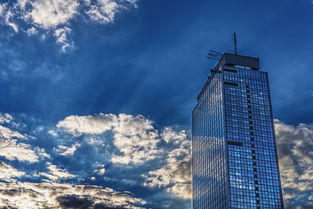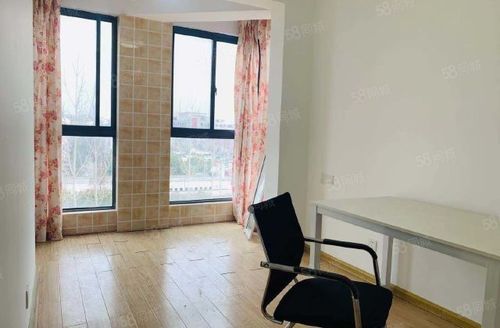Title: Satiety and Hunger in the World of Architectural Design: A Multifaceted Exploration
In the realm of architectural design, hunger and satiety are not just physical sensations but also conceptual metaphors that inform the aesthetics, functionality, and social aspects of our built environments. The way we feed our cities speaks volumes about our values, cultural heritage, and sustainability goals.
Hunger, metaphorically, is often represented by empty spaces or underutilized urban areas. These "empty stomachs" can be found in dilapidated buildings, abandoned lots, or inefficient public spaces that fail to provide a sense of community and connection. As an architect, addressing this hunger involves reimagining these spaces as nodes of life, transforming them into vibrant hubs for cultural activities, community gardens, or public art installations. By reviving these "food deserts," we aim to stimulate economic growth, foster social interaction, and nourish the soul of the city.
Satiety, on the other hand, symbolizes abundance and satisfaction. It's reflected in well-designed urban landscapes that are lush with greenery, ample public amenities, and harmonious architectural forms. Sufficient food for the body and mind can be seen in functional housing units that provide comfort, accessibility, and energy-efficient design. Parks, public squares, and urban farms contribute to a balanced diet of outdoor recreation, promoting physical health and mental well-being.
The concept of hunger and satiety also intersects with issues of equity and justice. In designing for all, architects must consider the needs of those who may go hungry due to socio-economic disparities, such as homeless populations or marginalized communities. Providing adequate shelter, access to clean water, and public spaces that cater to diverse lifestyles ensures a more equitable distribution of resources and opportunities.
Furthermore, architects have the power to address the environmental hunger caused by unsustainable construction practices. By incorporating sustainable materials, passive design strategies, and renewable energy systems, we can reduce our carbon footprint and create buildings that provide sustenance for both people and the planet.
In conclusion, the饥饿 of our cities is a design challenge that requires innovative solutions. By understanding and addressing this metaphor, we can create urban environments that satisfy not only physical needs but also nurture the emotional and social well-being of their inhabitants. As architects, it's our responsibility to feed the city with thoughtful design, ensuring that everyone has access to a balanced, sustainable, and fulfilling life.











